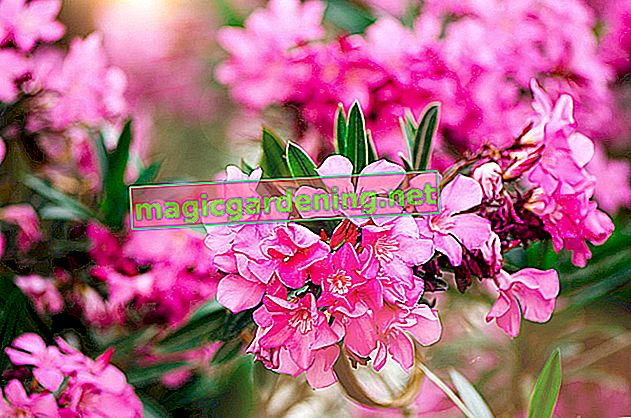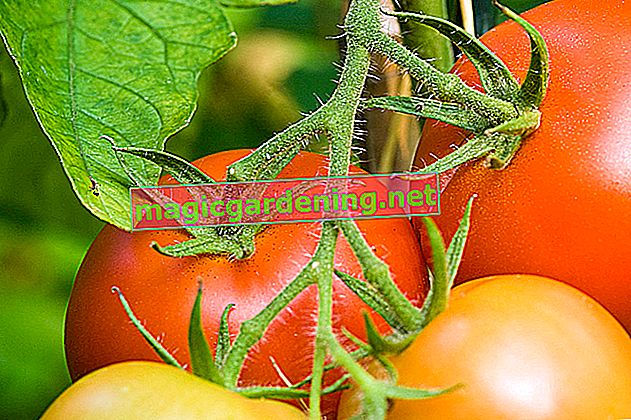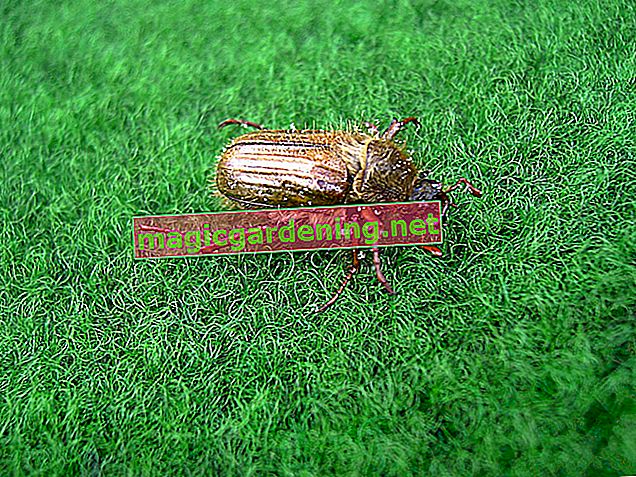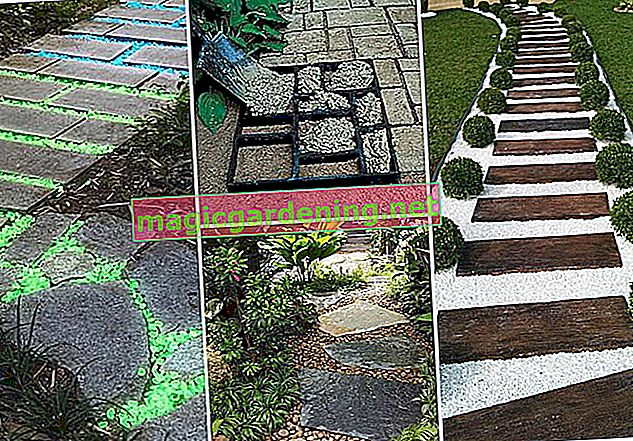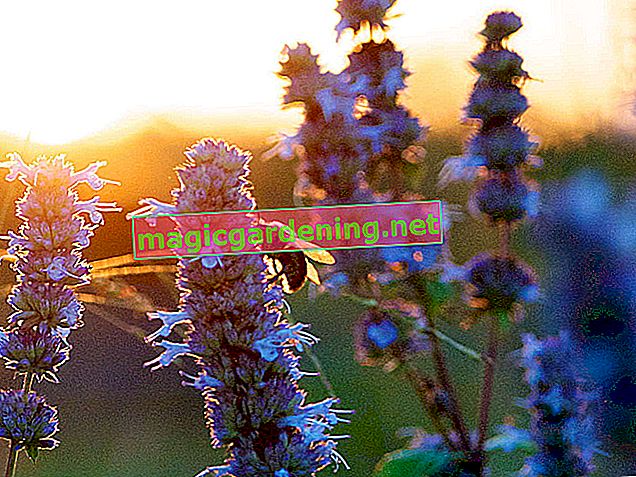
Hyssop (Latin: Hyssopus officinalis) is a perennial herb, the branches of which tend to become lignified, so that over time the hyssop develops into a shrub about 50 cm high. The herb belongs to the mint family and has the following characteristics:
- a multitude of square stems,
- small elongated leaves,
- terminal flowers in strong blue.
also read
- Hyssop loves it warm and dry
- Multiply hyssop easily by seeds
- Hyssop is one of the hardy herbs
What should be considered when casting hyssop?
Hyssop can do without watering for a long time. It likes dry, well drained soils and in its wild form likes to grow on rocky slopes. The drought is not a problem for the frugal plant. Only the young plants need the additional watering.
Does hyssop need fertilizer?
Hyssop prefers calcareous soils. If hyssop remains in the same location in the garden for a long time, the soil around the plant should occasionally be supplied with a calcareous fertilizer. Transplanting after three to four years is recommended.
When and how do you cut?
Immediately after flowering - as with lavender - a more or less radical cut should be made to avoid the branches becoming bare. You can also cut back by about a third before budding in spring.
Is hyssop susceptible to disease and pests?
Hyssop has an intense aroma, which it uses to keep pests away from itself and its neighbors in the bed. He is also not afflicted by diseases. The bees and butterflies love the herb with its sweet and tart scent.
Is hyssop hardy?
The heat-loving hyssop is frost-resistant and can stand outside all year round. The plant can also be grown in a sufficiently large container. This should be protected with suitable means in the event of very severe, permanent frosts.
Tips
Fresh hyssop smells and tastes very strong and is therefore used sparingly for seasoning. However, it loses its aroma when cooked.




